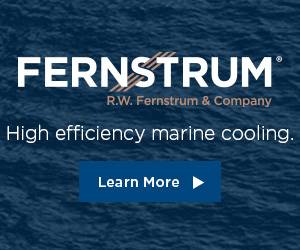By the Numbers
Orders for Alternative Fuel Vessels on the Rise
Recent data from DNV highlights trends in alternative fuel uptake throughout the global fleet.
Orders for alternative-fueled vessels are on the rise, and methanol is leading the charge, according to the latest data from classification society DNV.
Of the 1,281 ships ordered and slated for engine retrofits in 2023, 298 of them feature alternative fuel propulsion, marking an 8% increase year on year.
The stats from DNV’s Alternative Fuels Insight (AFI) platform show that methanol in particular is gaining a lot of traction as vessel owners and operators seek paths to decarbonize. Lindanger, the world’s first dual-fuel methanol-fueled tanker, was built in 2016, and the fuel has built considerable interest over the past several years, with firms such as Maersk and Stena Bulk among the companies currently placing methanol-fueled vessels into service.
For 2023, methanol saw a sharp uptick in orders with 138 (excluding methanol carriers), a steep increase compared to the 35 ordered the year before. Containerships were the dominating segment with 106 methanol orders, followed by bulk carriers and car carriers with 13 and 10 respectively.
Methanol’s banner year put the fuel just ahead of liquefied gas (LNG), which had 130 orders for 2023 a significant drop from 222 in 2022. LNG, however, remains the lead fuel when considering newbuilds alone, as a considerable portion of methanol orders were for retrofits. In 2023, the containers segment was the most active (48) for LNG, followed by car carriers (40), and tankers (30).
Last year also marked a breakout year for ammonia, as there were orders for 11 vessels to run on this fuel, with more known to be in the pipeline. Meanwhile, hydrogen saw its popularity diminish with just five orders in 2023 compared to 2022’s 18.
Knut Ørbeck-Nilssen, CEO Maritime at DNV, said, “As we navigate towards a greener maritime future, the growing demand for alternative-fueled vessels speaks volumes. These orders send pivotal signals to fuel providers and other important partners on shipping’s decarbonization journey. While it is clear that the maritime fuel technology transition is already underway, we now need to ensure the fuels powering these engines become available.
“It is however crucial to emphasize that focusing solely on fuels may divert our focus from achieving a significant impact in this decade. What is required are concrete measures that actively lower emissions. Energy efficiency initiatives can yield decarbonization outcomes both now and leading up to 2030.”

